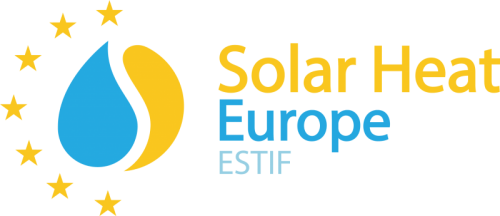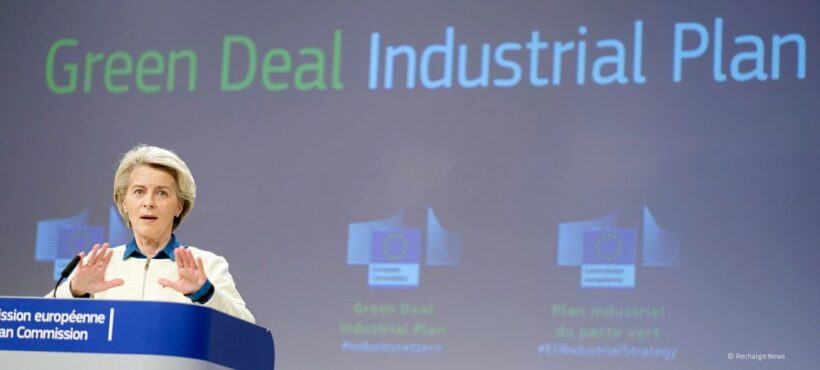On 1st February, the European Commission published the Communication “A Green Deal Industrial Plan for the Net-Zero Age”. Initial discussions among Member States took place during the Special European Council on 9th February and will resume during the European Council on 23-24 March.
The Plan lays downs the EU’s response to the global race to subsidies, as several countries have adopted financial packages to support the manufacturing of clean technologies, most notably the US Inflation Reduction Act (EUR 330 billion by 2032) and China (EUR 260 billion in the pipeline).
The Green Deal Industrial Plan (GDIP) is structured around four pillars:
- A predictable and simplified regulatory environment.
- Faster access to sufficient funding.
- Skills
- Open trade for resilient supply chains.
Regulatory environment
As part of the first pillar, in March the Commission is expected to table three key proposals for industrial competitiveness. First and foremost, a Net-Zero Industry Act to support EU manufacturing of key technologies, in particular by identifying sector-specific challenges and goals for industrial capacity by 2030 and by reducing the lengths and hurdles linked to permitting processes. The precise product scope of this initiative has not been unveiled yet. Second, a Critical Raw Materials Act to lower the EU’s dependence on highly concentrated supplies from third countries. Third, a reform of the Electricity Market Design.
Funding
Regarding the second pillar on funding, the Commission will work on three different levels. First, facilitating national funding through a revision of State Aid rules along five axes:
- Simplified aid for RES deployment.
- Simplified aid for decarbonising industrial processes.
- Enhanced support schemes for production of strategic net-zero technologies, including the possibility to match the aid for similar projects by competitors located outside of the EU.
- Targeted aid for major new production projects in strategic net-zero technologies.
- Increase the notification threshold for state aid.
Second, mobilising EU funding, which for the moment only consists of a reallocation of existing funding streams. For the mid-term, the Commission intends to propose a European Sovereignty Fund before the summer to preserve the European leadership in critical and emerging technologies relevant to the green and digital transitions. Whether the fund provides fresh money will depend on the negotiations between Member States.
Third and last, fostering private investments by creating a fully developed Capital Markets Union (CMU).
Skills
In the context of the European Year of Skills 2023, the Commission will focus on actions to map, monitor, and address skills and jobs shortages in the sectors relevant to the green transition. In particular, a large-scale partnership for onshore renewable energy under the Pact for Skills will be established by February 2023. This initiative will be industry-led, and Solar Heat Europe was invited to join it to represent the solar heating and cooling sector.
SHE position
Solar Heat Europe published its official position on the Green Deal Industrial Plan ahead of the Special European Council on 9th February. The key message is that the scope of the Plan must entail all renewables, in line with the principle of fair competition.
Most importantly, the Plan shall include clean technologies with a strong European manufacturing base, such as solar heating and cooling. Failing to do so would risk existing EU-based jobs in competitive net-zero industrial sectors, undermining EU’s ambitious climate and energy objectives.


Leave a Reply